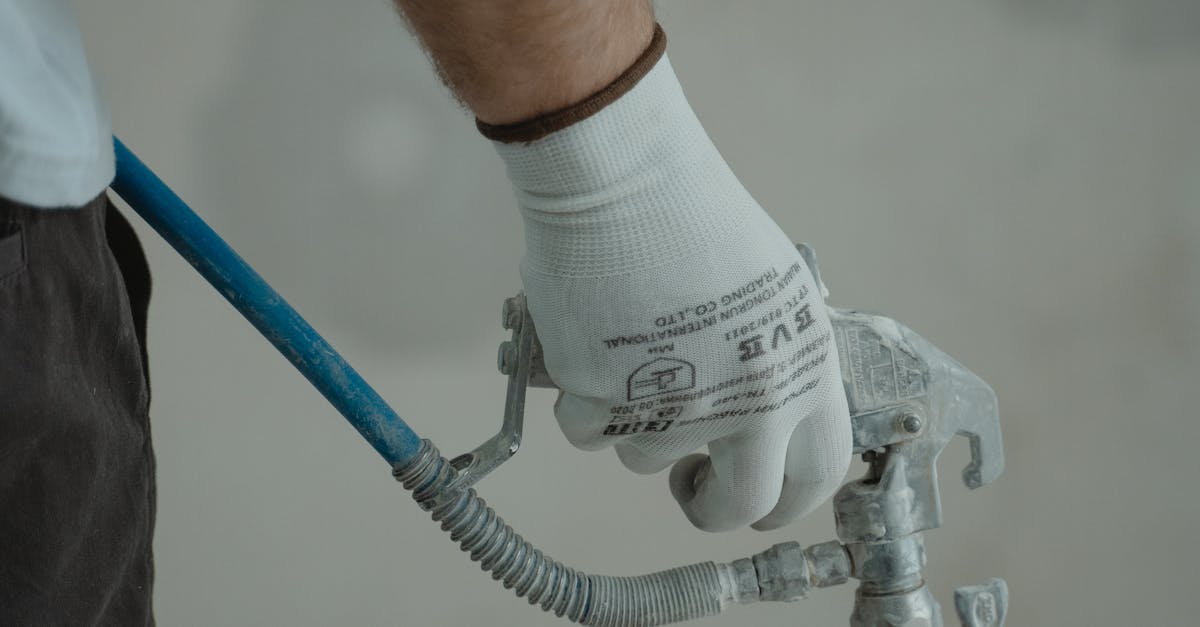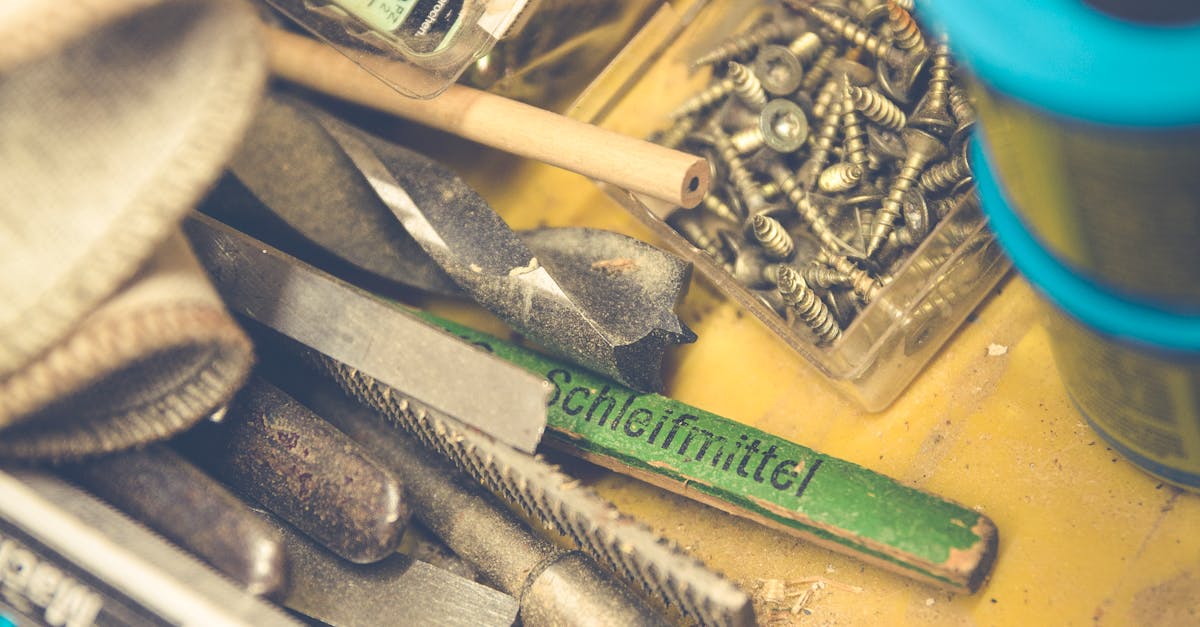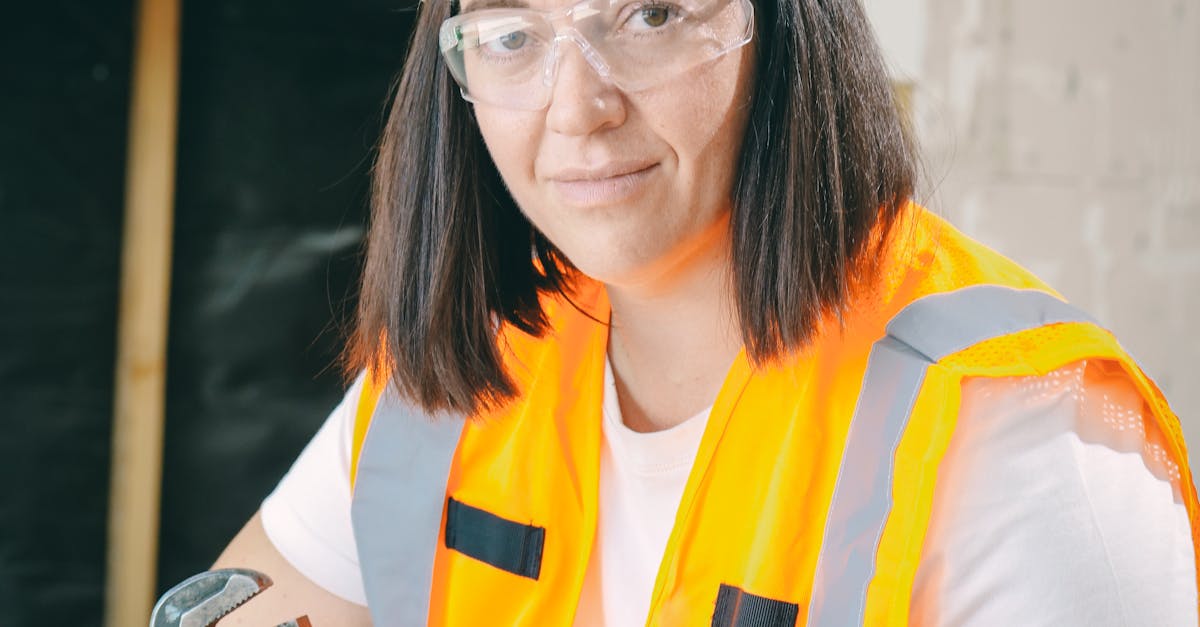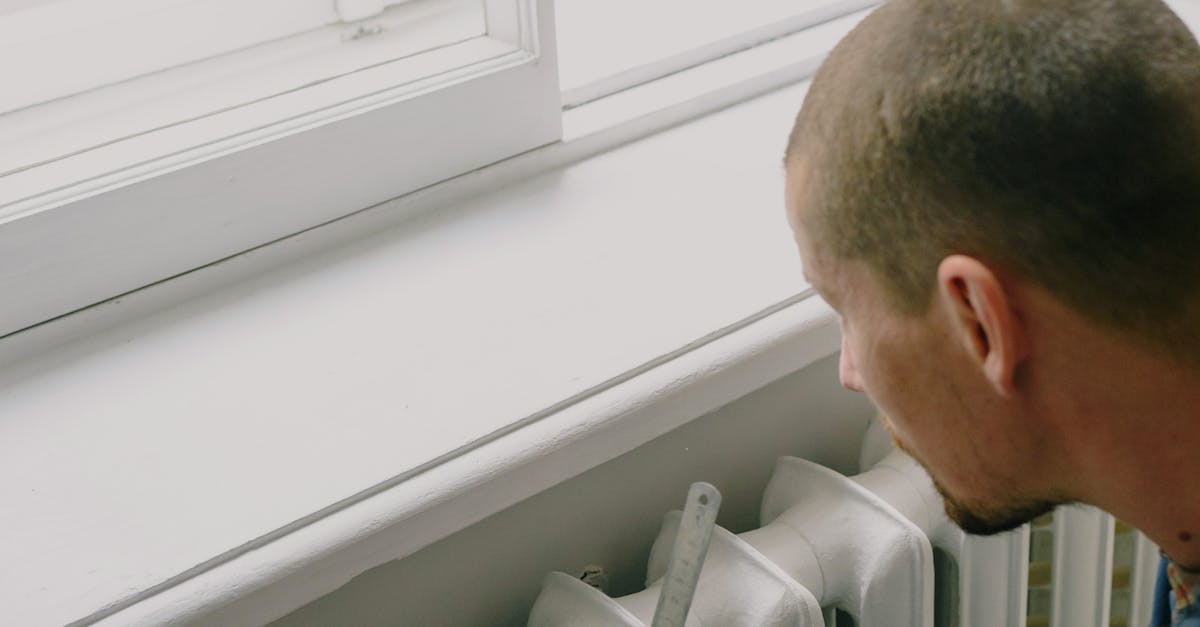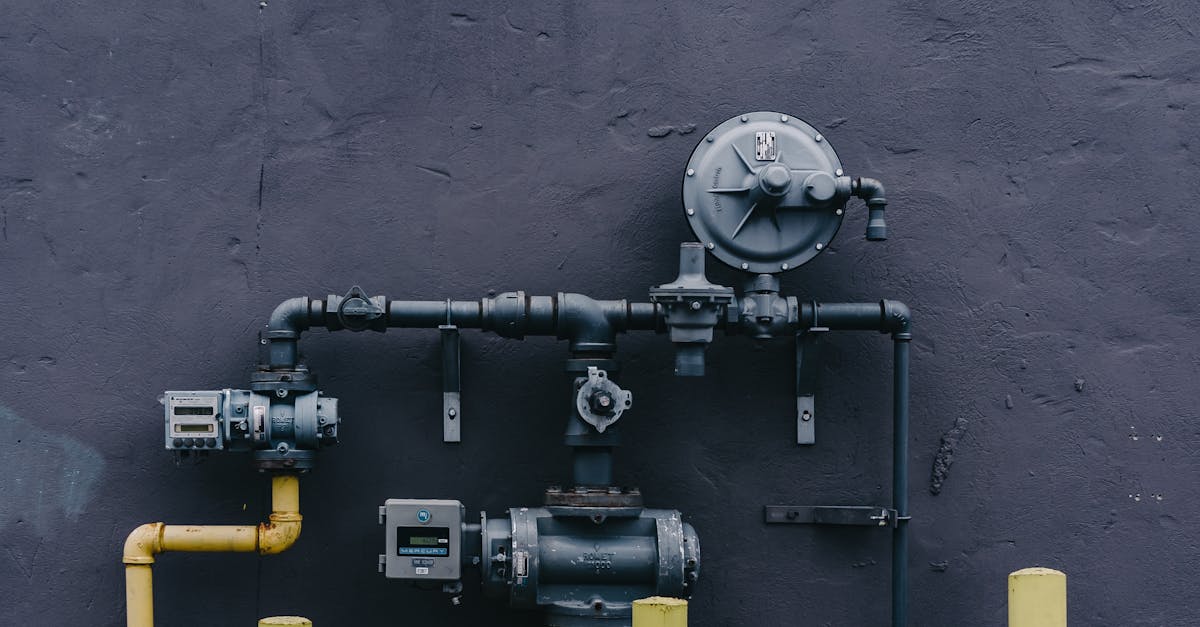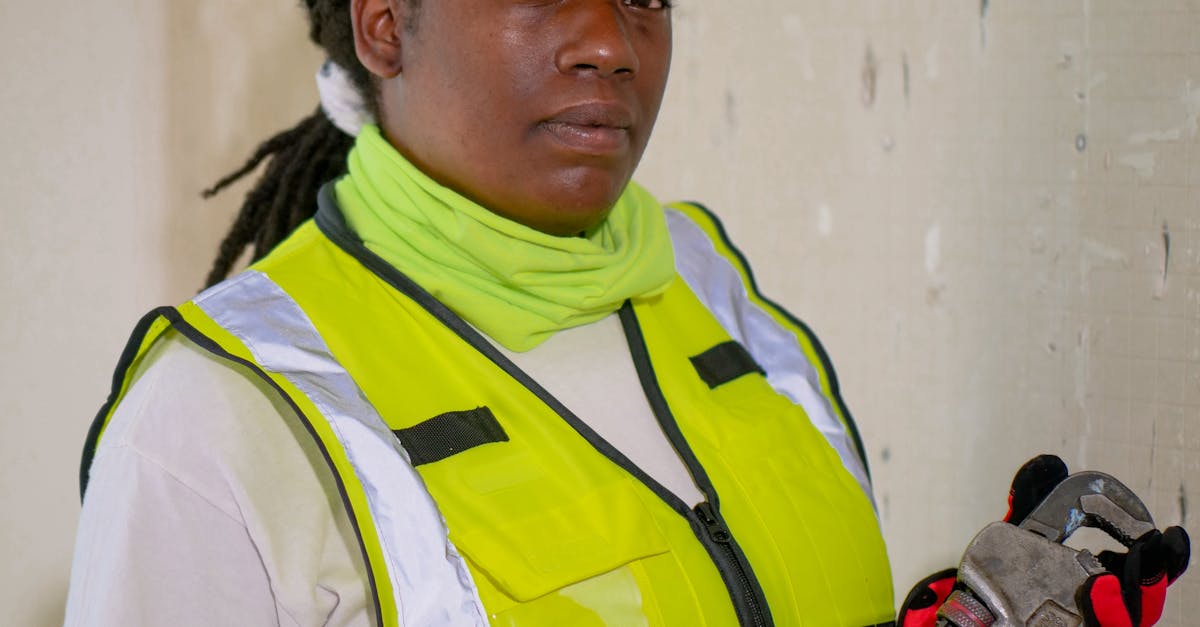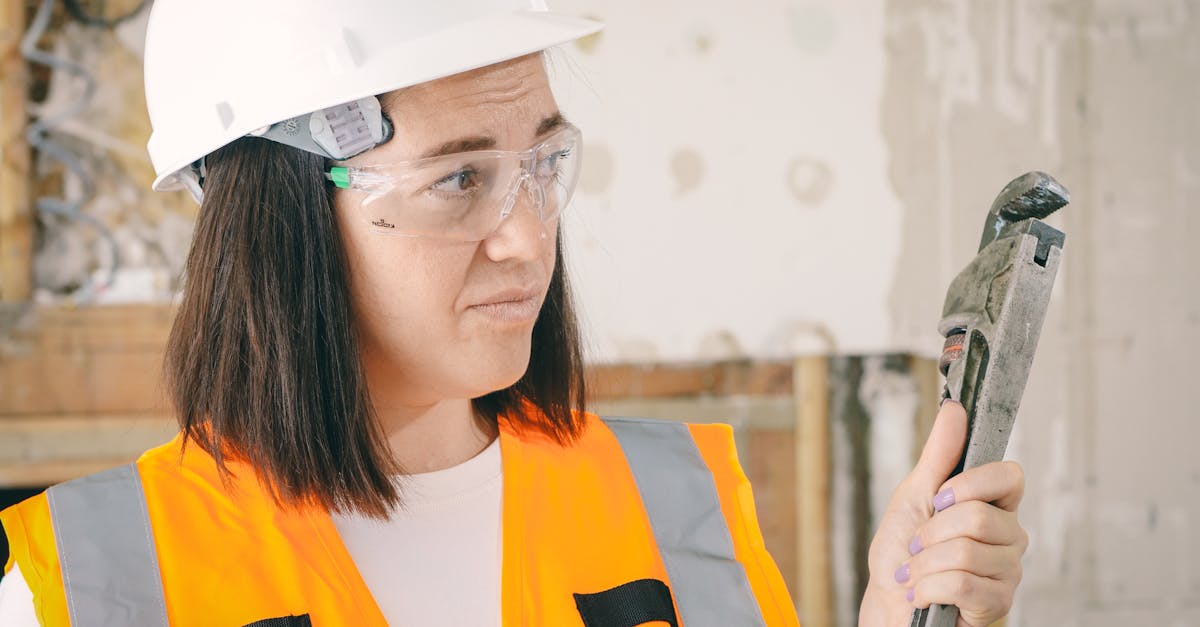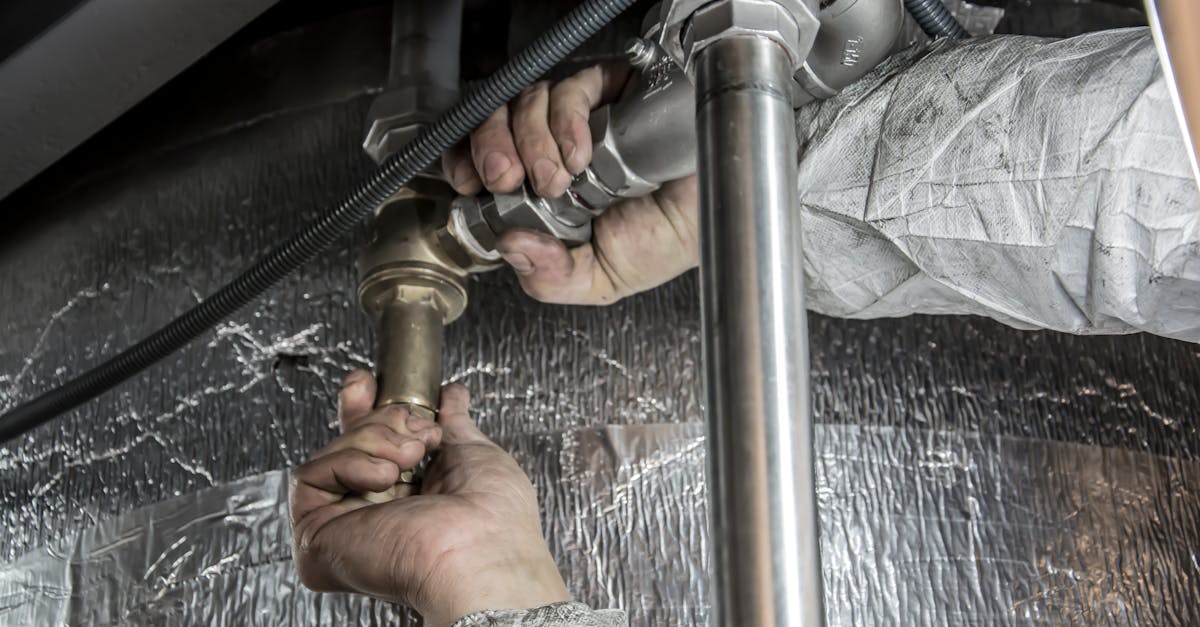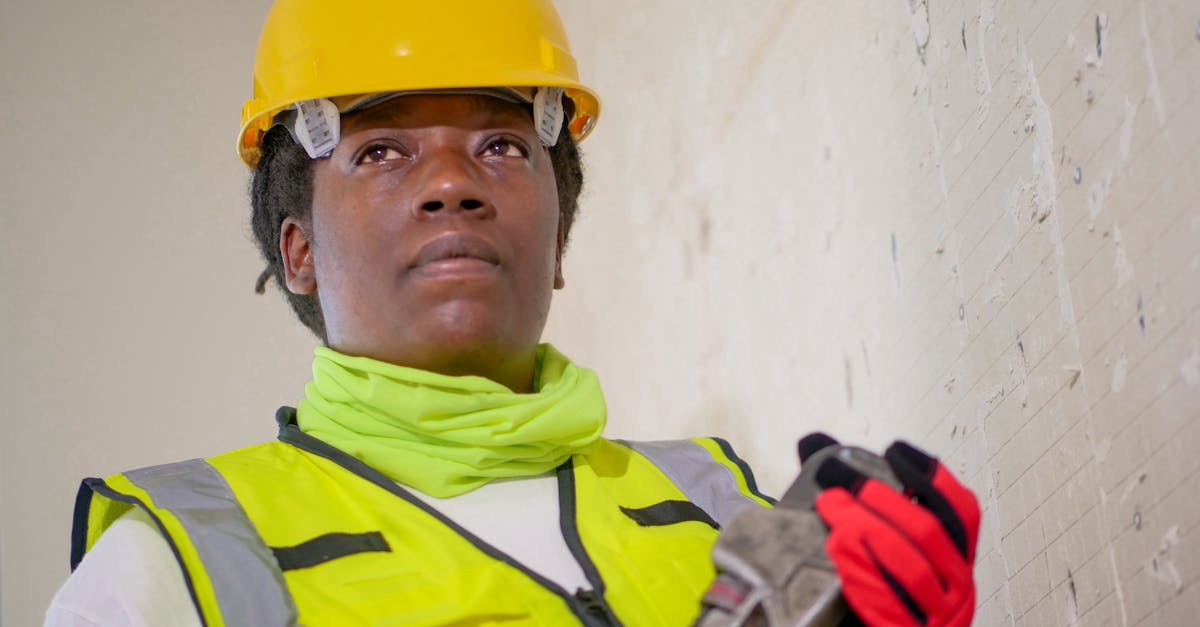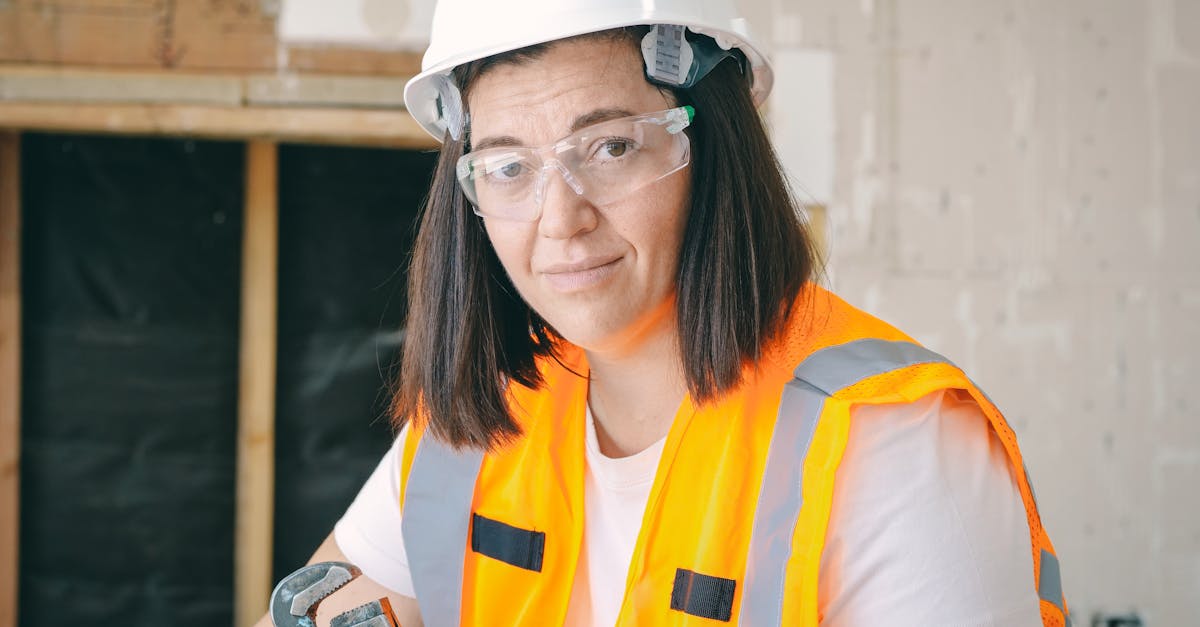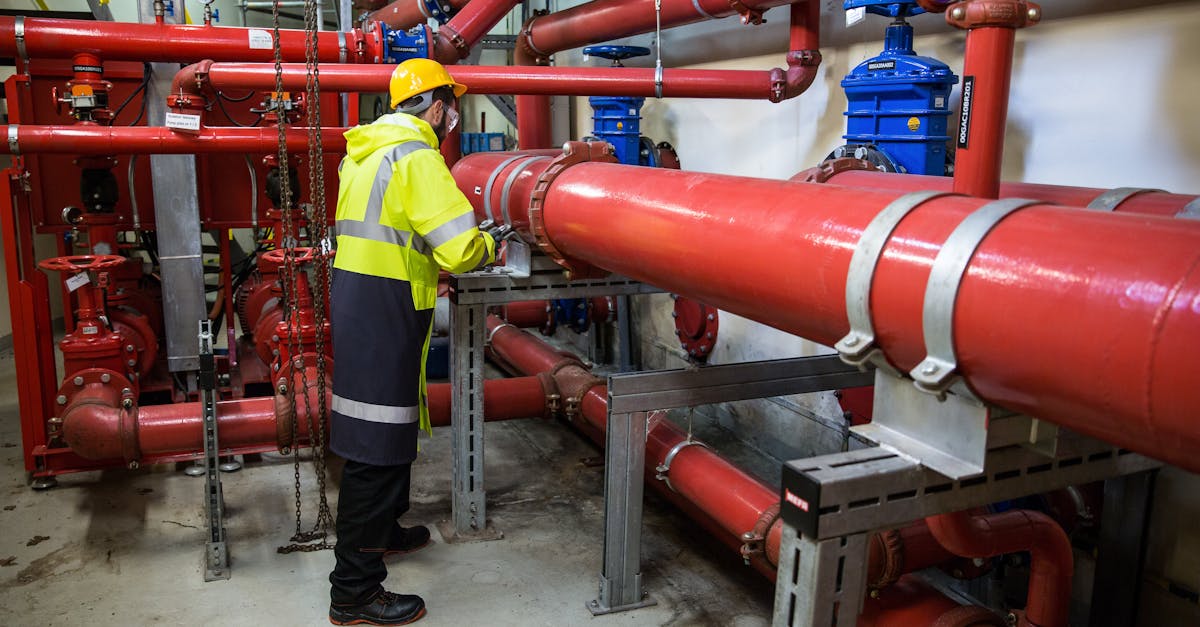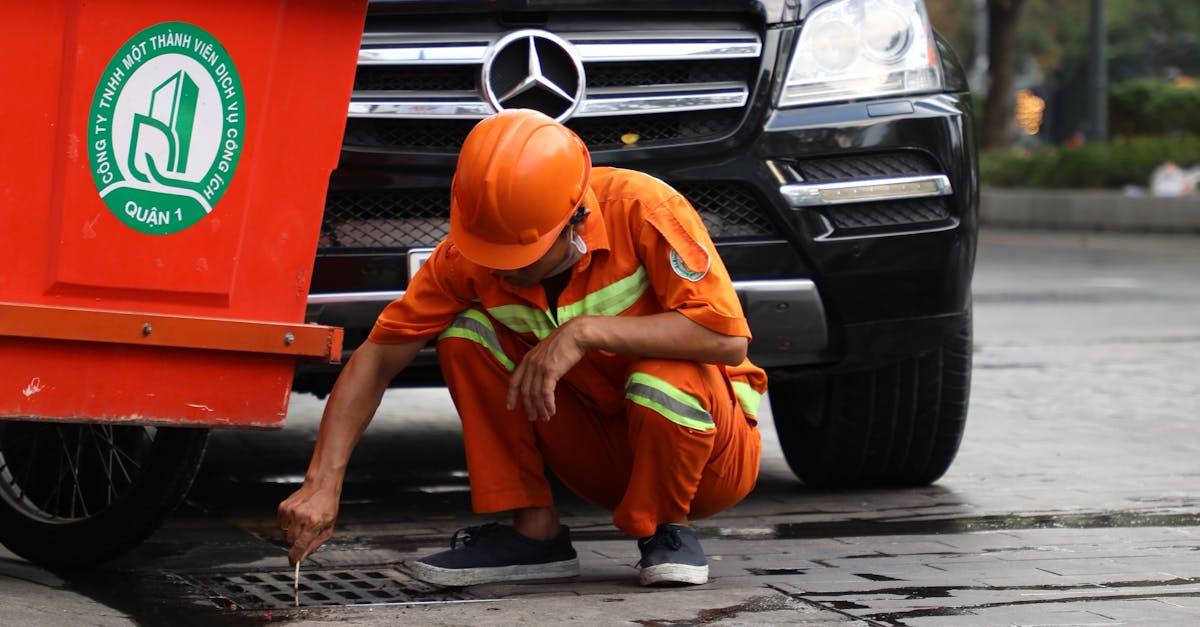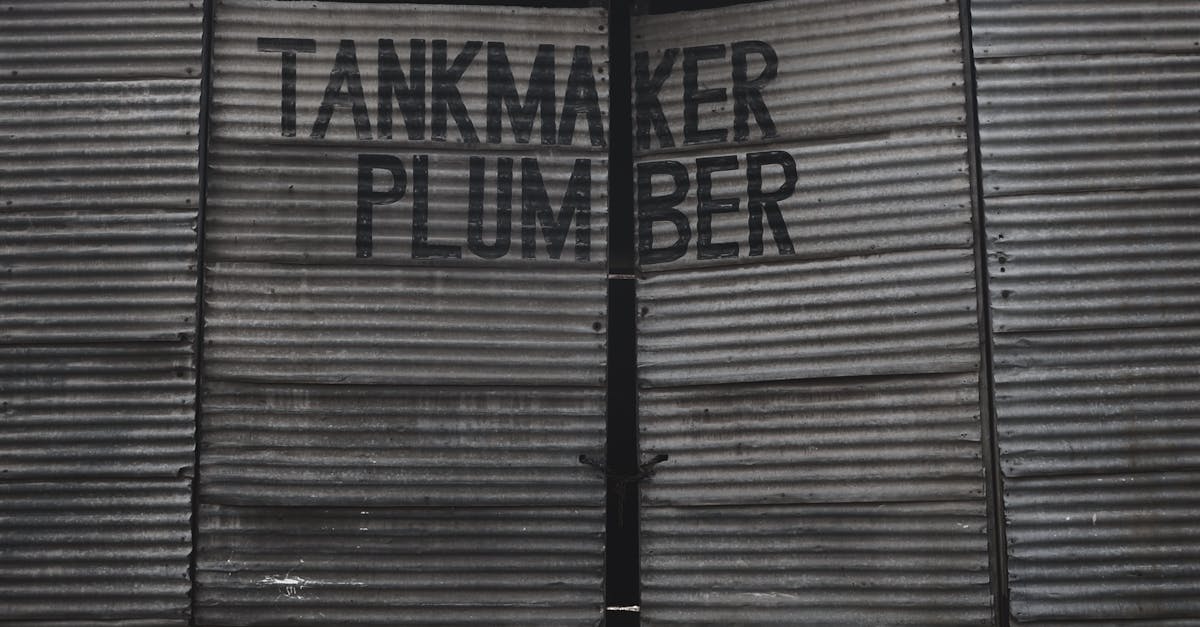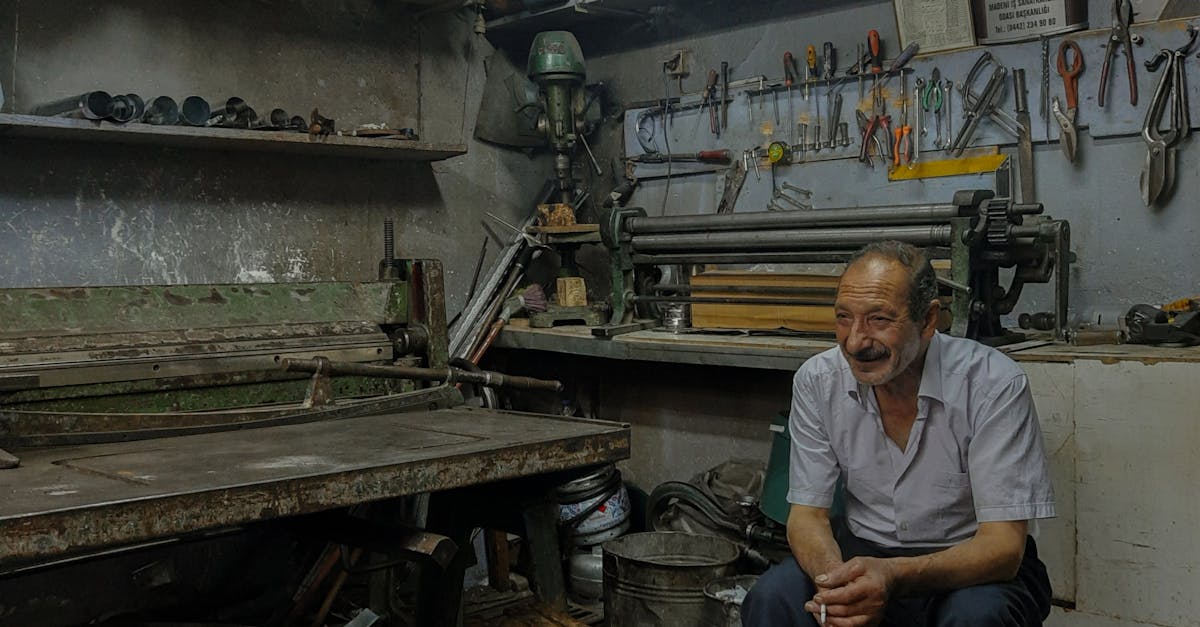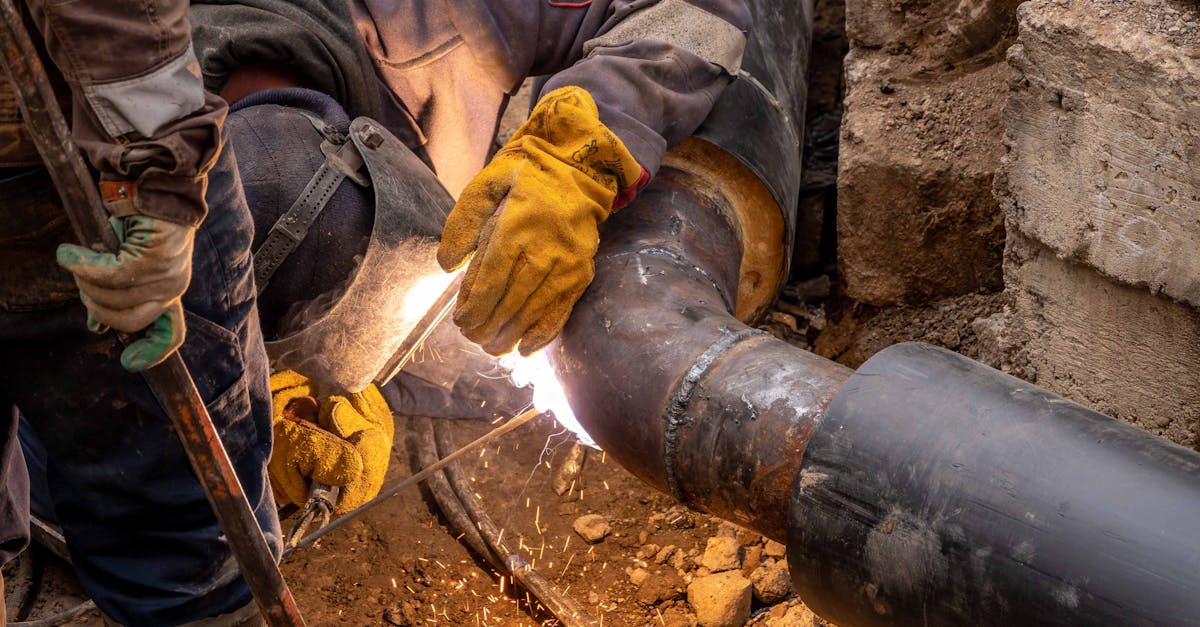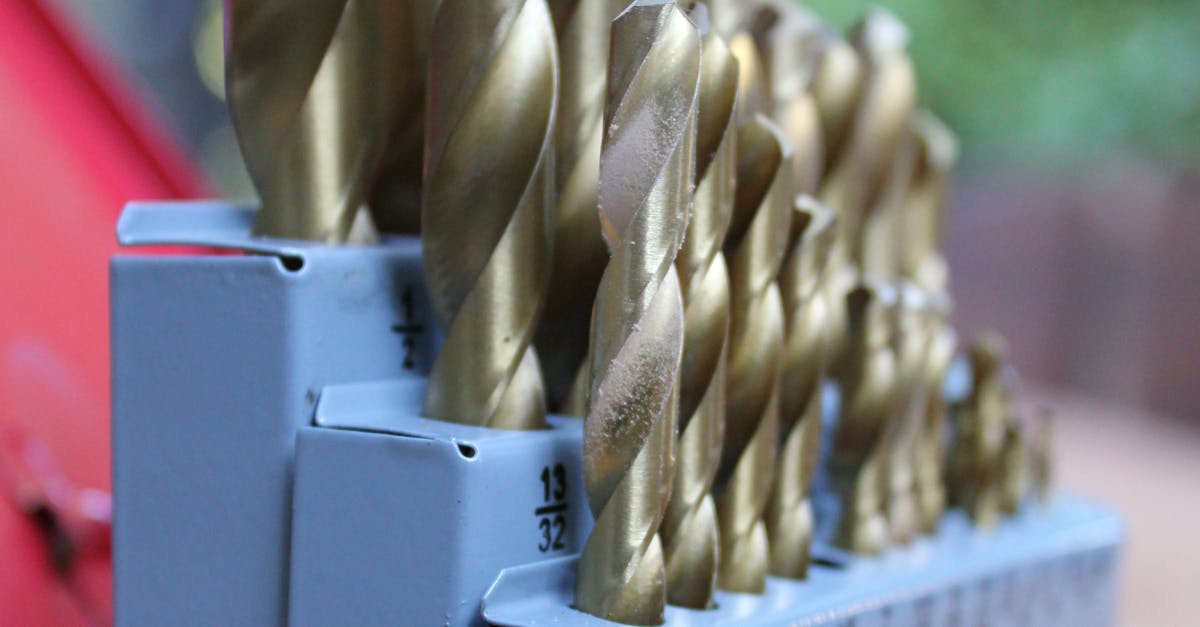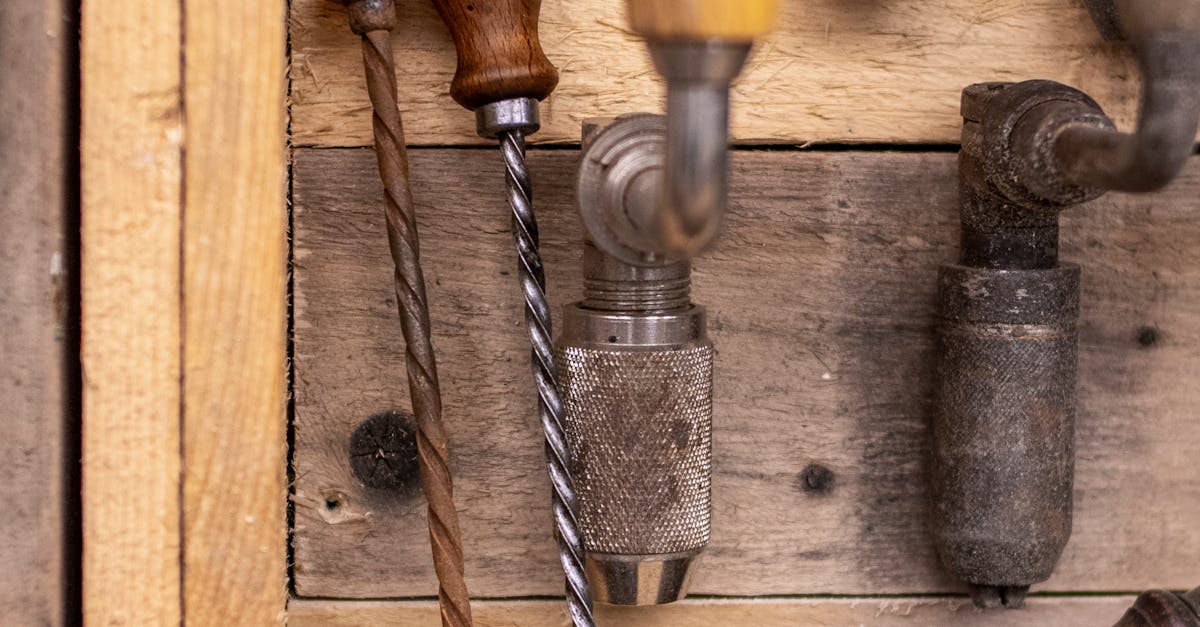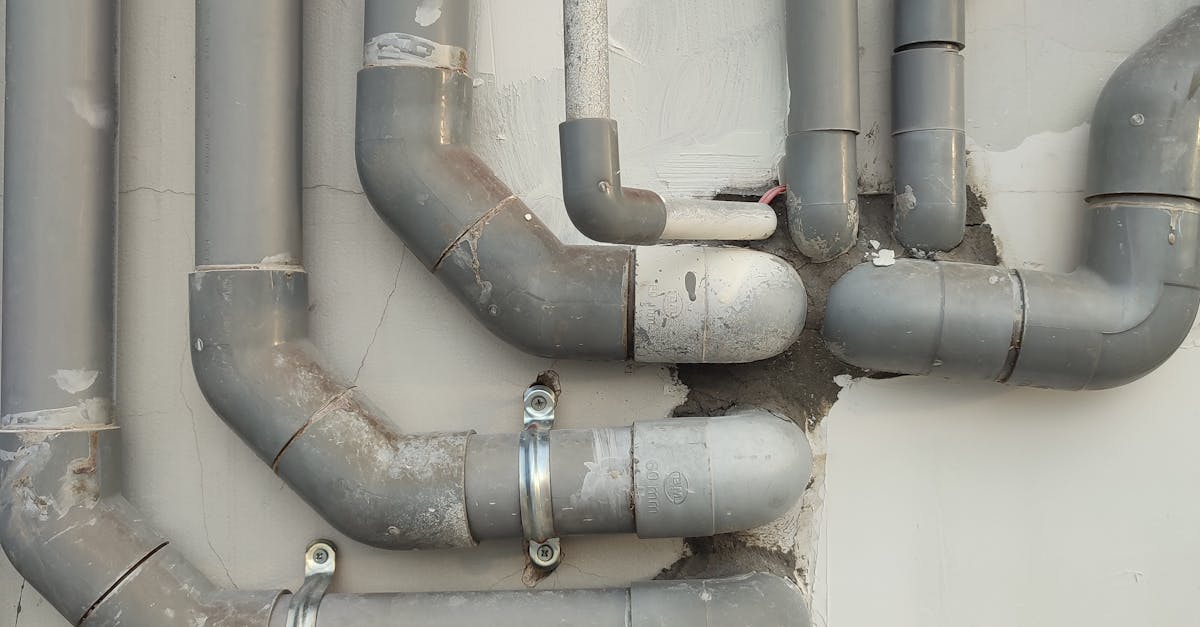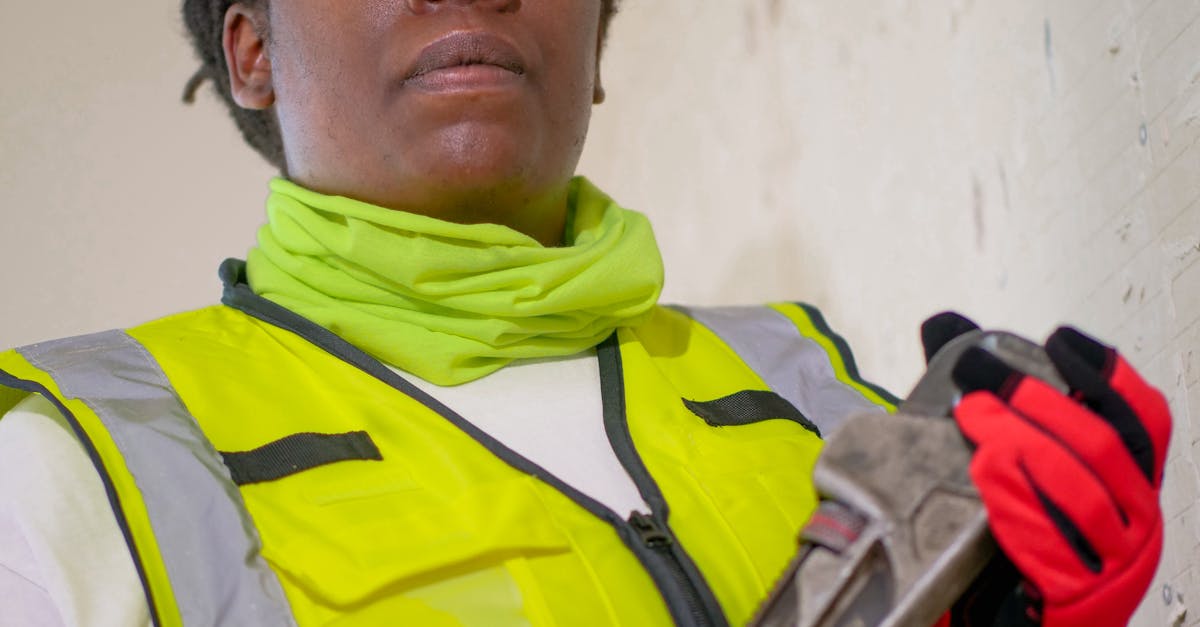
Table Of Contents
Age of the Hot Water System
Hot water systems typically have a lifespan of around 8 to 12 years, depending on the type and maintenance practices. As they age, components can start to wear out, leading to reduced efficiency and performance issues. It's important to be aware of this timeframe to avoid unexpected failures that may disrupt your daily routine. Scheduling regular maintenance can often prolong the life of the unit, but even the best-kept systems can eventually require Hot Water System Repairs.
Recognizing when the hot water heater is reaching its end of life can save both time and money. Look for signs such as inconsistent water temperatures, unusual noises, or rust around fittings and pipes. These indicators may suggest that the system is declining in performance. Homeowners should be proactive in addressing these issues before they escalate into more significant problems that necessitate extensive repairs or complete replacement.
Recognizing Signs of Aging Equipment
As hot water systems age, their efficiency and performance can degrade, leading to various issues. Homeowners may notice a decrease in water temperature or inconsistent supply. Additionally, an unusual noise from the tank can indicate internal wear or sediment buildup. These signs suggest that the system may require attention and could benefit from hot water system repairs to restore its functionality.
Visual inspection can reveal other telltale signs of aging equipment. Look for any leaks or pooling water around the tank, which often signal a failing unit. Discoloration on the exterior surface may also point to rust or mineral buildup. Addressing these concerns promptly with hot water system repairs can help prevent more significant problems and extend the lifespan of the unit.
Corrosion and Rust Damage
Corrosion and rust damage can severely impact the efficiency and safety of your hot water system. Over time, the metal components within the system may react with water, leading to degradation. This deterioration often manifests as brown or discolored water, which indicates rust particles are present. The presence of rust not only affects water quality but can also lead to leaks and other significant issues.
Identifying corrosion early is crucial to avoid costly repairs or replacements. Regular inspections can help detect any signs of rust, such as discoloration or flaky residues around pipes and fixtures. If you suspect corrosion, seeking professional help for hot water system repairs is advisable. Addressing these concerns promptly can extend the lifespan of your system and ensure consistent hot water availability.
How to Spot Corrosion in Your System
Corrosion in your hot water system can manifest in several noticeable ways. One of the first signs to look for is discoloration or staining on the exterior of the tank. This might appear as rust spots or a reddish hue, indicating that rust is developing. Additionally, you may observe leaks or drips around the connections and valves. Delaying repairs can lead to more significant issues, making early detection essential for your system’s longevity.
Inspecting the water quality can also offer clues about corrosion. If you notice brown or metallic-tasting water when you turn on the hot tap, it may signal internal corrosion at work. Regular maintenance and early detection of corrosion can save you from costly Hot Water System Repairs down the line. Keeping an eye on your system's performance and water quality will help you identify problems before they escalate.
Pressure Relief Valve Malfunctions
The pressure relief valve plays a critical role in maintaining the safety and functionality of your hot water system. It is designed to release excess pressure that builds up within the tank. If this valve malfunctions, it can lead to dangerous levels of pressure, potentially causing leaks or even a tank explosion. Regularly checking this component can prevent serious safety issues.
Signs of a malfunctioning pressure relief valve include water pooling around the base of the tank or unusual noises coming from the system. If you suspect that your pressure relief valve is not working properly, it's essential to address the issue promptly. Ignoring these signs can lead to more significant problems that require costly hot water system repairs. Be proactive in monitoring your system to ensure it operates safely and efficiently.
Role of the Pressure Relief Valve
The pressure relief valve plays a crucial role in maintaining the safety and functionality of a hot water system. It is designed to release excess pressure that can build up within the tank due to overheating or other malfunctions. If this valve fails or becomes stuck, it could lead to significant problems, including leaks or tank rupture. Regular inspections can help ensure that the pressure relief valve operates correctly, preventing potential hazards.
In cases where the valve is faulty, it may need immediate attention. Homeowners should be aware of any unusual noises or signs of leaking water around the valve. Neglecting these issues can result in more extensive damage to the hot water system, leading to costly hot water system repairs. Addressing pressure relief valve problems promptly can help maintain a reliable and safe hot water supply.
FAQS
What are common signs that my hot water system is aging?
Common signs of an aging hot water system include inconsistent water temperatures, strange noises coming from the unit, leaks, and a decrease in hot water supply.
How can I tell if my hot water system has corrosion or rust damage?
You can spot corrosion or rust damage by looking for discoloration or rust spots on the tank, checking for leaks around the connections, and noticing a metallic taste or smell in the hot water.
What is the function of the pressure relief valve in my hot water system?
The pressure relief valve is a safety feature that helps to release excess pressure from the tank, preventing potential explosions or leaks caused by over-pressurization.
How can I identify if the pressure relief valve is malfunctioning?
Signs of a malfunctioning pressure relief valve include water leaking from the valve, an inability to release pressure, or a valve that does not open when needed.
What should I do if my hot water system is not working?
If your hot water system is not working, start by checking for simple issues such as power supply or water supply. If those are fine, inspect for signs of corrosion, age, or pressure relief valve problems, and consider contacting a professional plumber for further diagnosis and repairs.

